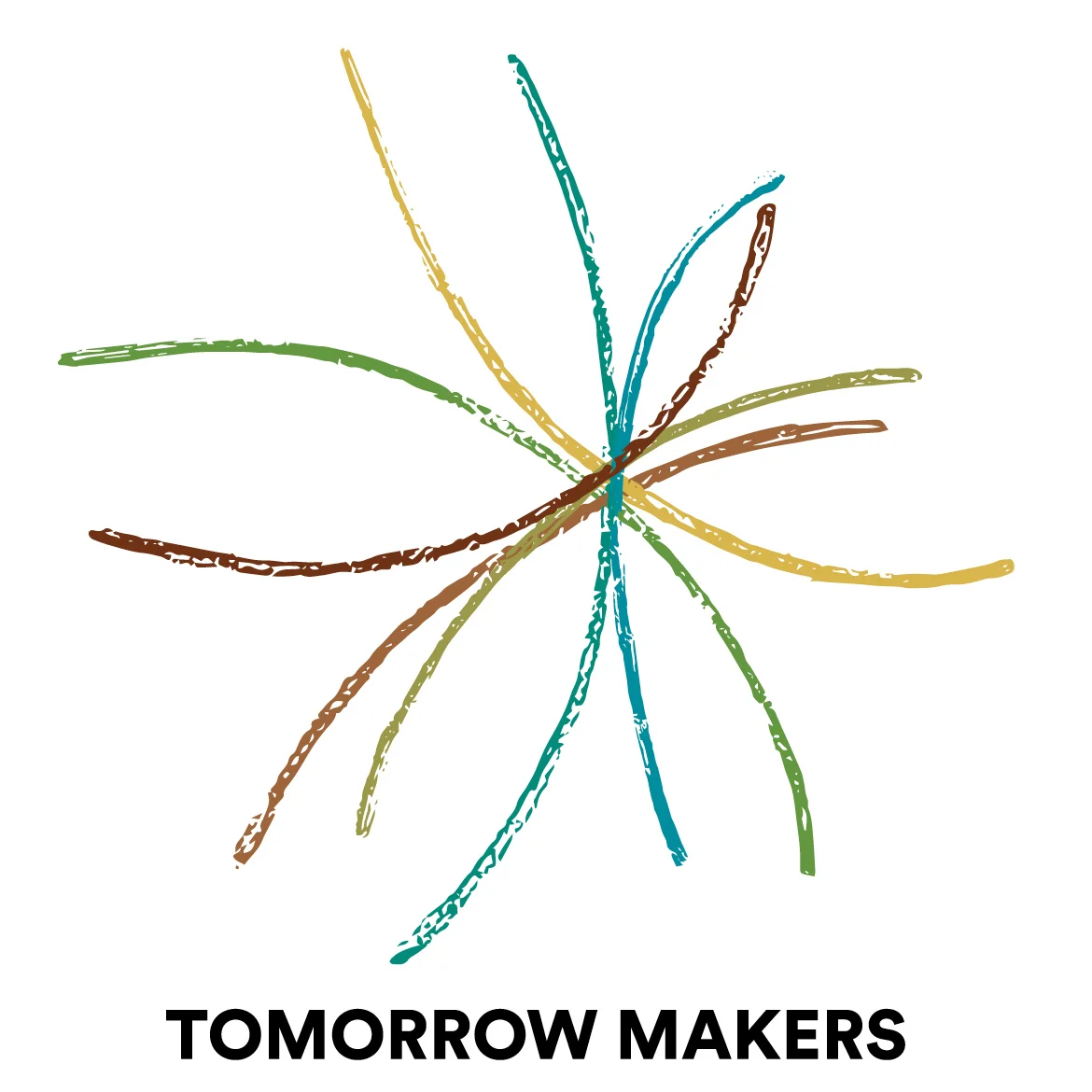Wayfinding, part six
/In which we tell our stories of wayfinding
“If great ideas usually arrive in fragments, a partial cluster of neurons, then part of the secret to having great ideas lies in creating a working environment where those fragments are nurtured and sustained over time.”
- Steven Johnson, from The Invention of Air
Our wish is that every conference would add wayfinding to its agenda and that every year, all or some of the participants would explore the shortest routes to a healthy future. We have helped shape several conferences that have engaged participants in this way with some surprising results, full of emergent ideas that have taken hold and become reality over time. In 1999 with MG Taylor Corporation, we facilitated Group Genius Weekend with the Foresight Institute, exploring 50 years into the future of a nanotechnology enabled world. Looking back on the brainstorming of that weekend, one can see the influence that this shared thinking among experts and laypeople has played in shaping the way in which nanotech has emerged as both a science and a social conversation. Author and participant David Brin commented, "it was a great gathering of independent thinkers from all over this rambunctious civilization. Proof positive that the spirit of bold amateur thinking is not dying, but thriving, more brash than ever."
In 2001, the World Economic Forum, whose mission is “improving the state of the world,” asked MG Taylor to design and conduct workshops for their Annual Meeting in Davos. They wanted sessions that were far more engaging than panels and keynote speeches. Many of the participants wanted to play with ideas and explore together. They felt tremendous value was being lost in not having the great minds that gather in Davos doing more collaboration. The workshops sold out, faster than any of the other sessions. Kings and queens, titans of industry, politicians, civil servants, artists, reporters, scientists, and other thought leaders explored 20 years into the future. Many commented that they had never had a session with the diversity of these workshops. The participants built models, exchanged ideas, and surprised, challenged and delighted each other.
Over the years, Tomorrow Makers together with an international association of process designers and facilitators known as The Value Web have helped these kinds of workshops continue at the Forum via the WorkSpace, spreading to regional meetings throughout the world and into the boardrooms and community spaces of the participants. And while it is difficult to see exactly how these events matter in the moment, over the long now it is easy to see how participating in these kinds of sessions have shaped the thinking and efforts of the participants. Participants in these sessions recurrently find ideas they had not thought of before; they forge strange relationships; they play with ideas that they oppose, working them into something else, something more fit. They let go of assumptions that they had about an idea as they become familiar with it, seeing how it can help improve the state of the world.
In 2006, working with Syntony Quest, Tomorrow Makers engaged 250 participants attending the fiftieth anniversary of the International Society of Systems Science in a backcasting exercise. In a three hour block of time, the group worked backward from 2056—their 100th anniversary—and explored how systemic thinking and doing moved out of the university and into communities, changing the way decisions were made and how ideas built on each other. The participants were amazed at how ideas moved through various cycles over time, evolving from “either/or” thinking to “and” thinking, and how, in holding a long now, feedback loops were able to steer and perturb the system toward a vital, healthy world for all. The group was not fighting the dangerous era we are now in, but instead working through it and embedding ideas that would help shape a best-case future.
Most recently, Gail facilitated a Synergizer PatchWorks Event, engaging 65 leaders of significant organizations to step into the future and claim happenings over a 200 year period (1910 - 2110) they believed necessary for a better world. To do this they were doing a lot of wayfinding or crossing boundaries and seeking small and large influences that would enhance or deter events from happening.
These workshops tug upon the idea of a red thread ... a continuous search for the critical paths forward to a more fit, healthy world. Participants come to see the interconnectivity of all the needed changes—some fast and others slow—as a continuum of a long now and how doing particular things changes everything else.
These were not called wayfinding events, but that was the nature and purpose for them. Over the last 30 years, exercises like those mentioned above have revealed time and again the intuitive and intellectual knowing that emerges when people step into the future together and explore the relationship and shaping of ideas over time. With hindsight, it is remarkable how close the content generated with these exercises aligns with reality. Participants tell us years later how this single exercise helped them think about the future differently. Experts and futurists have told us that they are astounded by the knowledge these participants carry with them and how it gets released and incorporated into the larger view. When people play together in this way, trust grows. It becomes apparent that the world of either/or, or the world of bad compromises, does not need to be the reality. As ideas are expressed and begin to intertwine, an emergence forms and carries participants forward into group genius, allowing worn out assumptions to fall away naturally while the whole escapes to a higher order.
